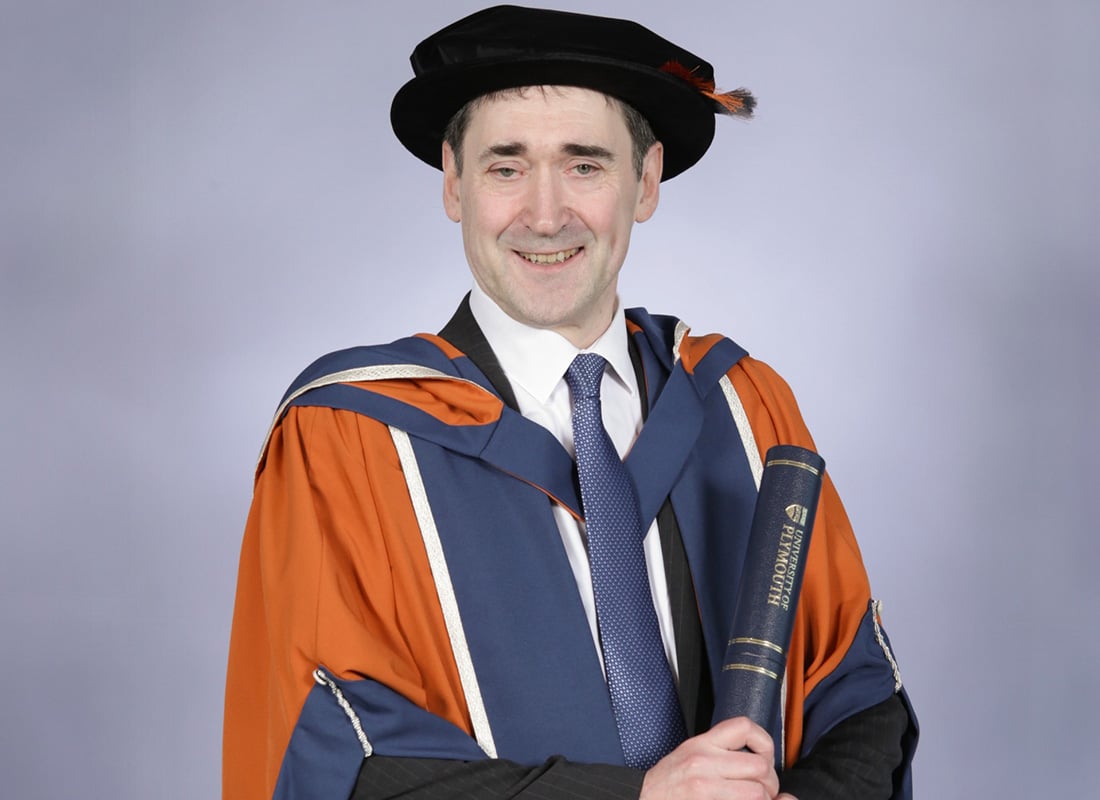Despite spectacular progress in the performance and efficiency of machines since Turing's time, we have yet to see any convincing demonstration of a machine that can pass his test. This would have surprised Turing - he believed that all that would be required was more memory. Although cognitive systems are beginning to display impressive environmental awareness, they do not come close to the sort of "thinking" that Turing had in mind.
Prof Furber argues that our problems with true artificial intelligence lie in that we have yet to really understand what natural intelligence is. Until we do, all discussion of machine intelligence and "singularity" are specious. Based on this view, we need to return to the source of natural intelligence, the human brain.
The SpiNNaker project has been fifteen years in conception and eight years in construction, but is now ready to contribute to the growing global community (exemplified by the EU Human Brain Project) aiming to deploy the vast computing resources now available to accelerate our understanding of the brain, the ultimate goal being to understand the information-processing principles at work in natural intelligence.
Watch Professor Steve Furber's 2015 Lovelace lecture
Introduction












